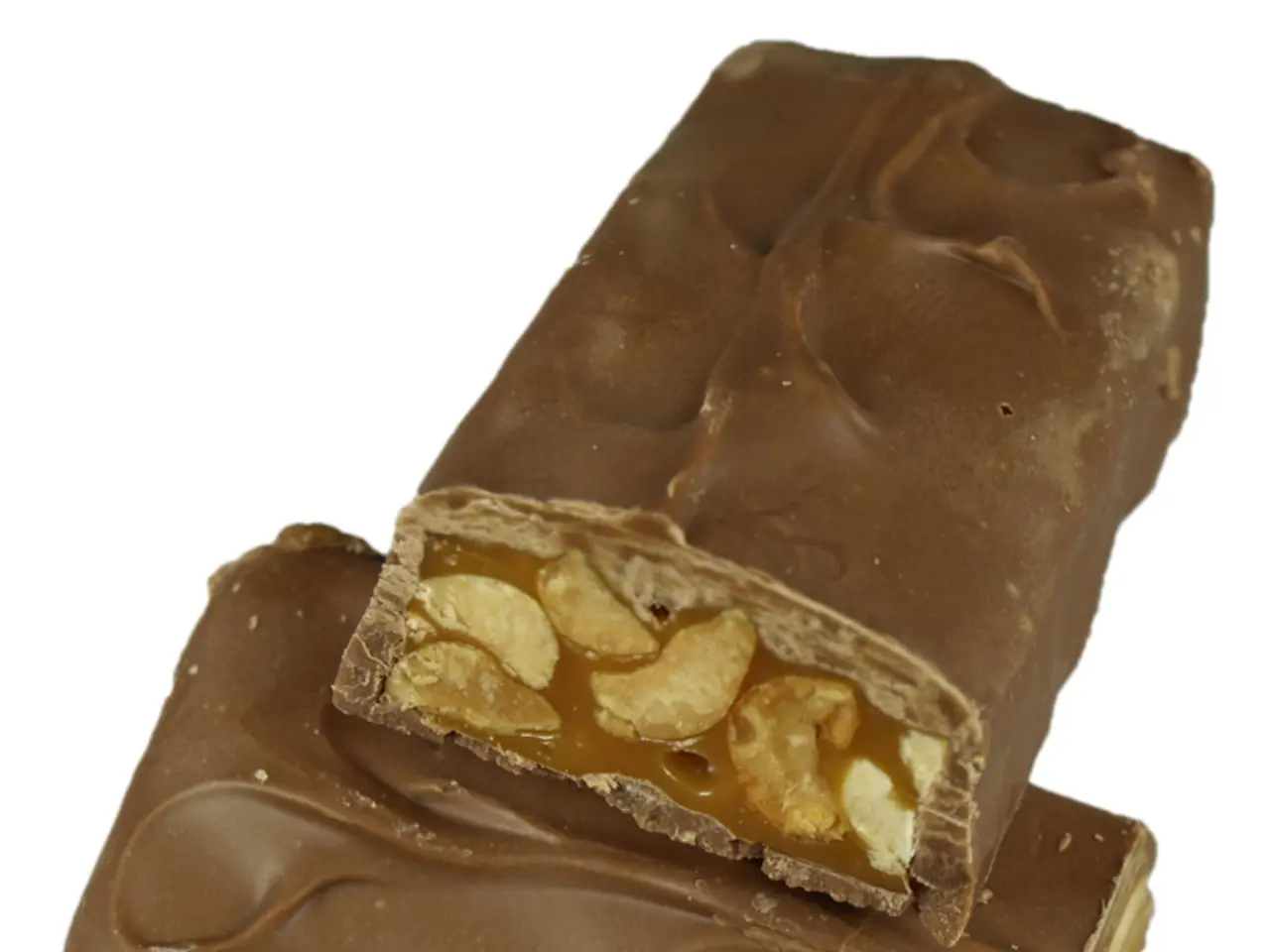Treatment of MALT Lymphoma with Monoclonal Antibodies like Rituximab: An Examination
MALT (mucosa-associated lymphoid tissue) lymphoma, a type of non-Hodgkin lymphoma, can be treated with various methods depending on the stage and progression of the disease.
First-line Treatment: Antibiotic Therapy and Helicobacter pylori Infection
Antibiotic therapy targeting the bacterium Helicobacter pylori is often the first-line treatment for gastric MALT lymphoma. This treatment can lead to the regression of the lymphoma, making it an effective initial approach [1][3][4].
Localized Disease: Radiotherapy
For localized stage MALT lymphoma, radiotherapy is preferred. Moderate-dose involved-field, 24-30 Gy, provides effective local control [3].
Advanced Cases: Immunochemotherapy with Rituximab
For more advanced or relapsed cases, immunochemotherapy with rituximab is commonly used. Rituximab, an anti-CD20 monoclonal antibody, can be administered either as a monotherapy or combined with chemotherapy or immunomodulatory drugs. Rituximab-based regimens can improve event-free and overall survival for relapsed or refractory marginal zone lymphoma, including MALT lymphoma [1][4].
Rituximab's Side Effects
While rituximab is generally well-tolerated, it can cause common side effects such as infections, neutropenia (low neutrophil count), nausea, fatigue, constipation, cough, anemia, thrombocytopenia (low platelets), fever, and redness at injection site. Serious adverse effects can include severe infections due to immunosuppression and infusion reactions [2].
Newer Therapies for MALT Lymphoma
Research continues to find even better ways to treat people living with MALT lymphoma. Newer therapies are being developed, using specific antibodies to stop the growth of blood vessels and essentially "starving" the cancer by cutting off its "food supply" [5].
Understanding Rituximab
Rituximab works by recognizing and binding to B cells in MALT lymphoma, helping the immune system destroy them and reducing damage to healthy cells compared to traditional chemotherapy. Monoclonal antibodies like rituximab offer a more targeted approach to cancer treatment [2][6].
Risk Factors and Symptoms
Autoimmune diseases like Sjögren's syndrome and Hashimoto's thyroiditis increase the risk of developing MALT lymphoma. Common symptoms of gastric MALT lymphoma include indigestion, nausea, vomiting, and weight loss. Symptoms of non-gastric MALT lymphoma are related to the affected area [7].
Safety and Efficacy in Older Patients
Rituximab can be a safe and effective treatment for older patients [8].
[1] National Cancer Institute. (2021). MALT Lymphoma Treatment (PDQ®)–Patient Version.
[2] Rituximab. (2021). MedlinePlus.
[3] Choi, J. Y., & Kim, Y. S. (2019). Radiotherapy for MALT Lymphoma. In M. A. Greco (Ed.), Lymphoma (pp. 601–608). Elsevier.
[4] Khouri, I. (2018). MALT Lymphoma: Current Treatment and Future Directions. In M. A. Greco (Ed.), Lymphoma (pp. 593–600). Elsevier.
[5] Kim, J. W., & Kim, Y. S. (2021). Targeted Therapies in MALT Lymphoma. In M. A. Greco (Ed.), Lymphoma (pp. 609–618). Elsevier.
[6] Rituximab. (2021). Cancer Research UK.
[7] MALT Lymphoma. (2021). Mayo Clinic.
[8] Rituximab. (2021). American Cancer Society.
- Science and medical advancements are continually seeking improved methods for treating MALT lymphoma, with newer therapies using specific antibodies to halt the growth of blood vessels and effectively starve the cancer by cutting off its food supply [5].
- Rituximab, an anti-CD20 monoclonal antibody, is commonly used for advanced or relapsed cases of MALT lymphoma, offering a more targeted approach to cancer treatment that reduces damage to healthy cells compared to traditional chemotherapy [2][6].
- In addition to cancer treatment, maintaining overall health-and-wellness, such as managing weight loss and other medical-conditions, is essential for improving outcomes and quality of life for individuals living with MALT lymphoma [7].
- For non-advanced gastric MALT lymphoma, radiotherapy is an effective treatment option that provides local control, typically administered as moderate-dose involved-field radiotherapy delivering 24-30 Gy [3].




